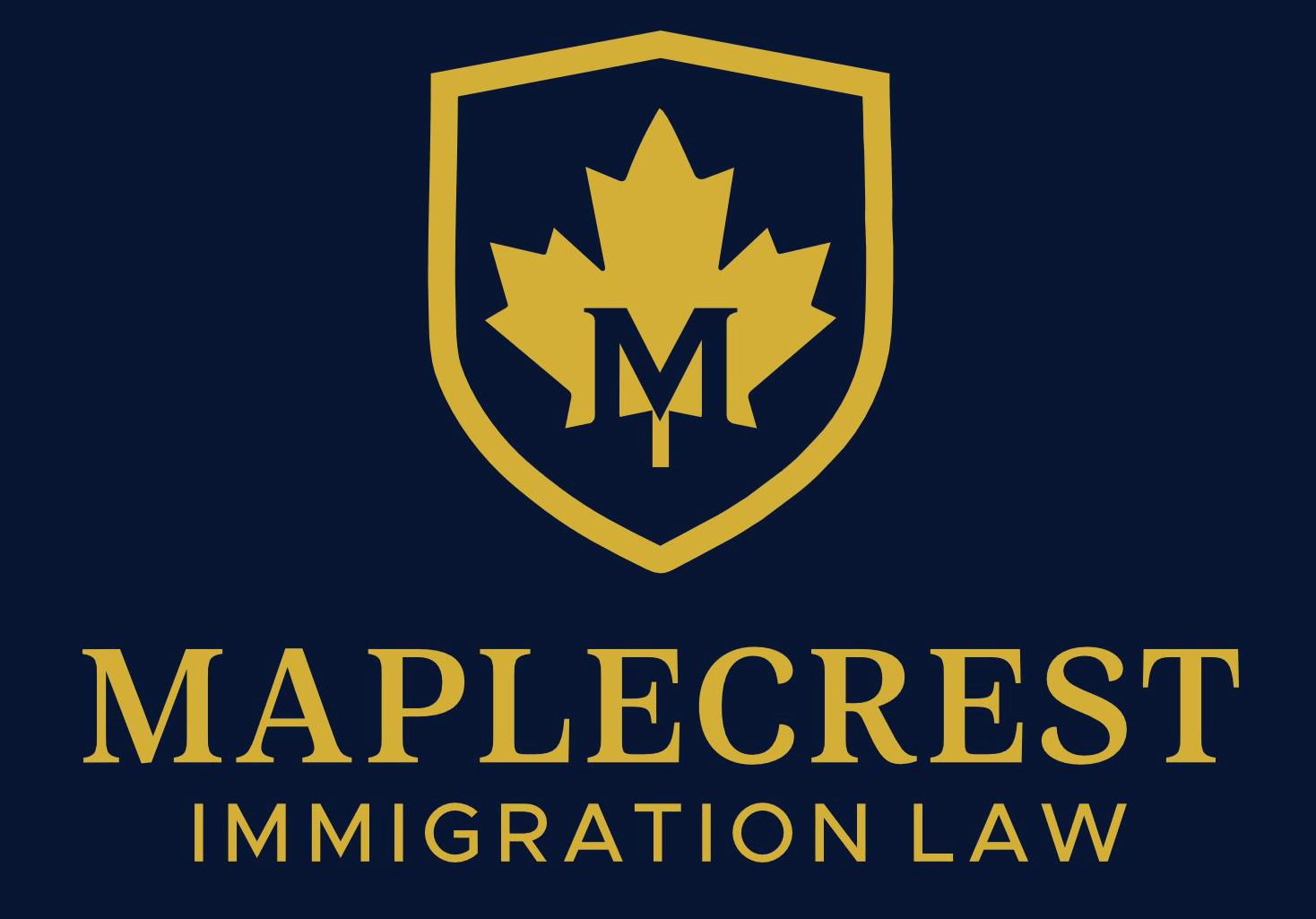Immigration, Refugees and Citizenship Canada (IRCC) has conducted another targeted Express Entry round, prioritizing professionals in healthcare and social services. The Healthcare and Social Services Draw, held on August 19, 2025, reflects Canada’s ongoing efforts to strengthen its healthcare system and community support networks by attracting skilled workers from around the world.
Healthcare and Social Services Draw – Key Highlights
-
Draw Date: August 19, 2025
-
Category: Healthcare and Social Services Occupations
-
Number of Invitations Issued: 2,500
-
Minimum CRS Score: 470
-
Tie-Breaking Rule: April 23, 2025, at 20:08:53 UTC
Candidates who received invitations are required to submit their complete permanent residence (PR) application within 60 days through the official portal. When multiple candidates hold the same lowest CRS score, the tie-breaking rule applies, giving priority to those who submitted profiles earlier.
Why the Healthcare and Social Services Draw Matters
Canada’s healthcare system continues to face pressure from rising demand. The country’s aging population, coupled with growing mental health and community support needs, has made healthcare and social services professionals essential.
This draw sends a strong signal that Canada values the contribution of nurses, caregivers, mental health workers, and social service providers. By lowering the CRS cut-off to 470, IRCC has widened the door for more skilled professionals to secure invitations.
Occupations in High Demand
The Healthcare and Social Services Draw highlights a wide range of occupations that Canada urgently needs, including:
-
Registered Nurses and Licensed Practical Nurses
-
Caregivers and Personal Support Workers
-
Social Workers and Child Protection Officers
-
Mental Health Professionals and Counselors
-
Community and Rehabilitation Specialists
By focusing on these categories, Canada ensures that both healthcare facilities and community-based programs remain adequately staffed.
Express Entry and the Naturalization Process
The Express Entry system is a fast-tracked immigration pathway designed to bring skilled workers into Canada. For those invited under the Healthcare and Social Services Draw, the process is clear and structured.
-
Profile Creation: Candidates submit profiles outlining their education, work experience, and language skills.
-
CRS Score Calculation: Each candidate is assigned a Comprehensive Ranking System (CRS) score.
-
Invitation to Apply (ITA): Those meeting the cut-off score in occupation-specific draws receive invitations.
-
Permanent Residence Application: Applicants submit their PR applications with supporting documents.
-
Decision and Settlement: Once approved, candidates can move to Canada and begin their journey toward citizenship.
Over time, successful PR holders can transition into the naturalization process, eventually applying for Canadian citizenship if they meet residency and good moral character requirements.
Healthcare and Social Services Draw 2025 Snapshot
| Draw Date | Invitations Issued | Minimum CRS Score |
|---|---|---|
| August 19, 2025 | 2,500 | 470 |
IRCC has confirmed that most PR applications under Express Entry are processed within six months, giving candidates a faster path to settle and contribute to Canadian communities.
Benefits of the Healthcare and Social Services Draw
1. Stability and Permanent Residency
The biggest advantage of the Healthcare and Social Services Draw is the chance to secure permanent residency. Unlike temporary work permits, permanent residency gives professionals and their families long-term stability in Canada. With PR status, newcomers gain access to healthcare, education, and labor rights equal to Canadian citizens.
2. Fast-Tracked Processing
Express Entry remains one of the fastest immigration pathways in the world. Most applications are processed within six months, compared to other immigration routes that can take years. For healthcare and social services professionals, this speed matters.
Hospitals and social agencies face urgent staff shortages. By inviting candidates through targeted draws, Canada ensures skilled workers can transition quickly into the workforce.
3. Support for Canadian Communities
The draw directly addresses Canada’s pressing labor shortages. Nurses, caregivers, and social workers are needed across provinces and territories, from major cities to rural communities. By welcoming skilled professionals, Canada strengthens hospitals, long-term care facilities, and social service agencies.
This support improves patient care, reduces wait times, and provides stronger community safety nets.
4. Path to Citizenship
Permanent residency is not the end of the journey—it is the beginning of the naturalization process. After meeting residency requirements, typically three years of physical presence within five years, PR holders can apply for Canadian citizenship.
Citizenship provides the full rights of participation in Canadian society, including voting, obtaining a Canadian passport, and greater security of status. For healthcare and social service professionals, this pathway ensures long-term inclusion and recognition for their contributions.
Why Canada Needs Skilled Workers in Healthcare and Social Services
Canada’s healthcare system has faced shortages for several years. Recent studies show:
-
Nursing Vacancies: Tens of thousands of positions remain unfilled nationwide.
-
Aging Population: By 2030, nearly one in four Canadians will be over the age of 65.
-
Mental Health Needs: Increased demand for counseling, therapy, and social services following the pandemic.
The Healthcare and Social Services Draw addresses these challenges by inviting workers with the expertise needed to close gaps in care and community support.
Long-Term Impact of Occupation-Specific Draws
The shift toward targeted draws highlights Canada’s changing immigration priorities. Rather than focusing only on general CRS scores, IRCC now emphasizes workforce needs.
Healthcare and social service draws show a trend that could expand into other critical areas like education and skilled trades. For candidates, this means staying informed about targeted draws is more important than ever.
Preparing for the Next Healthcare and Social Services Draw
Professionals planning to immigrate should take proactive steps:
-
Ensure Educational Credential Assessment (ECA) is Complete
Validate foreign qualifications through approved organizations. -
Improve Language Test Scores
Higher scores in IELTS or CELPIP can boost CRS points. -
Stay Updated on Draws
Monitor the official IRCC Express Entry page. -
Gather Supporting Documents Early
Medical exams, police clearances, and work experience letters should be prepared before receiving an ITA. -
Seek Professional Guidance
Immigration consultants, such as Maple Crest Immigration Law, can provide tailored advice to improve application success rates.
The Role of Healthcare and Social Service Workers in Canada
These professionals not only support hospitals but also strengthen community services. From long-term care facilities to social housing projects, their contributions help Canada remain inclusive and sustainable.
Newcomers who qualify under this draw will join a workforce that directly influences public health and quality of life across provinces and territories.
Secure Your Place in Canada
If you are a nurse, social worker, or healthcare professional considering immigration, the Healthcare and Social Services Draw is one of the most important opportunities available. Canada is actively inviting skilled workers like you to strengthen its healthcare and community systems.
Don’t navigate the process alone. Contact Maple Crest Immigration Law today to secure your path to Canadian residency and citizenship.




